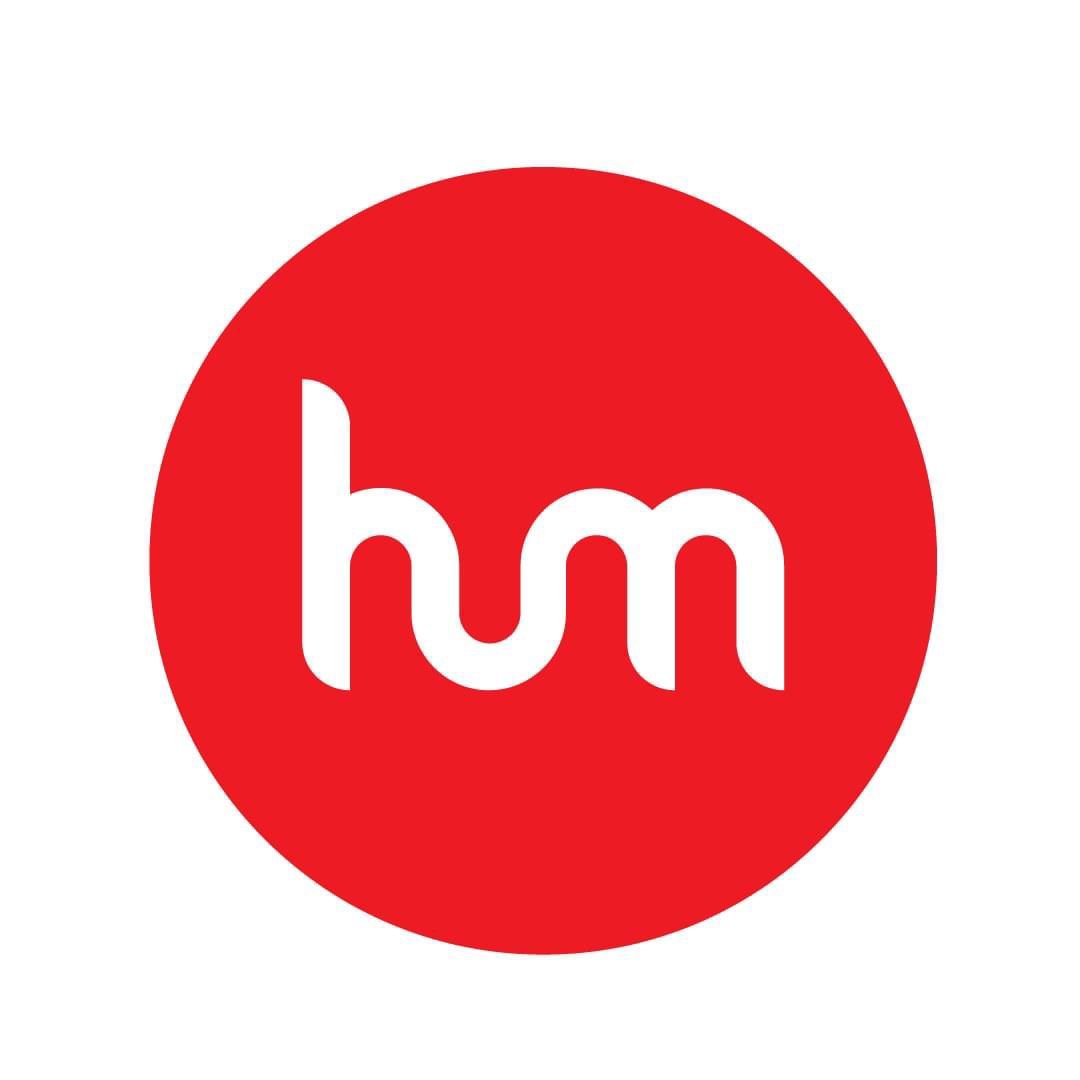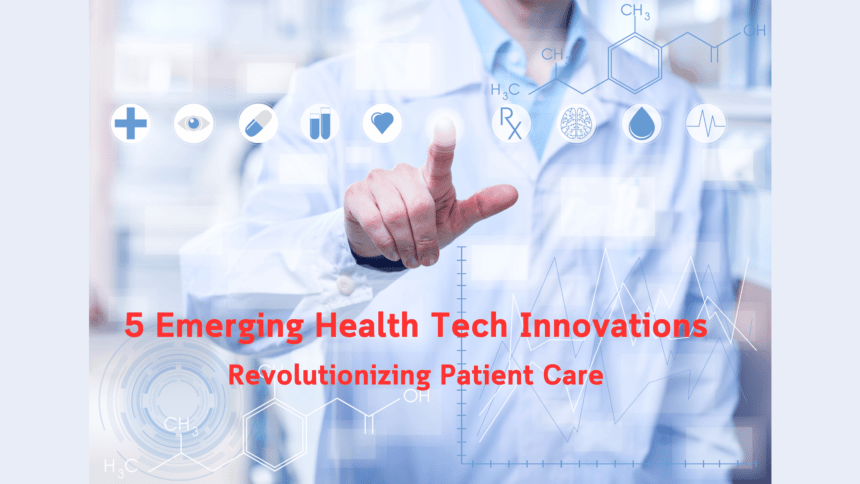Introduction
The Evolution of Healthcare Technology
In the annals of human history, healthcare technology has undergone a remarkable transformation. From rudimentary medical practices to the sophisticated healthcare systems we have today, the evolution is both astounding and pivotal. This metamorphosis is not merely about new tools or devices but encapsulates a paradigm shift in how we perceive and administer healthcare. As we stand at the cusp of another technological renaissance, it becomes imperative to delve into the Health Tech Innovations that are poised to revolutionize patient care.
Importance of Staying Updated with Health Tech Innovations
In an era where technology evolves at a breakneck pace, staying abreast with the latest advancements in Health Tech Innovations is crucial. For healthcare professionals, it means enhancing their ability to provide superior care. For patients, it translates to better health outcomes and a more personalized healthcare experience. In this discourse, we explore five burgeoning Health Tech Innovations that are set to redefine the landscape of patient care.
Telemedicine
Definition and Scope
Telemedicine, a term that has gained significant traction in recent years, refers to the practice of leveraging telecommunications technology to provide clinical health care from a distance. It encompasses a wide range of applications, from conducting remote consultations to monitoring chronic conditions, all through digital platforms.
Benefits for Patients and Providers
The benefits of telemedicine, a leading Health Tech Innovation, are manifold. For patients, it offers unparalleled convenience, eliminating the need for travel and reducing waiting times. It also ensures that individuals in remote or underserved areas have access to quality healthcare. For providers, telemedicine can enhance efficiency, allowing for more flexible scheduling and reducing overhead costs associated with maintaining physical clinics.
Real-world Applications and Success Stories
Real-world applications of telemedicine abound. For instance, platforms like Teladoc and Doctor on Demand have revolutionized how primary care is accessed, especially during the COVID-19 pandemic. Success stories include rural patients receiving timely consultations that prevented serious health complications and urban dwellers managing chronic diseases with ease through regular virtual check-ins.
Wearable Health Devices
Overview of Wearable Technologies
Wearable health devices, another significant Health Tech Innovation, refer to gadgets that individuals can wear to monitor various health metrics in real time. These devices range from simple fitness trackers to sophisticated biosensors that can detect early signs of disease.
Impact on Patient Monitoring and Disease Management
The impact of wearable health devices on patient monitoring and disease management is profound. They provide continuous, real-time data, empowering individuals to take proactive steps in managing their health. For chronic conditions like diabetes or hypertension, wearables offer invaluable insights that can lead to timely interventions and better disease management.
Notable Innovations and Their Uses
Notable innovations in this space include the Apple Watch, which can monitor heart rate and detect irregularities, and the Oura Ring, which tracks sleep patterns and overall wellness. These Health Tech Innovations not only provide data but also offer actionable insights, making health management a more interactive and informed process.
Artificial Intelligence in Diagnostics
Role of AI in Modern Diagnostics
Artificial Intelligence (AI) is increasingly becoming a cornerstone in modern diagnostics. Its ability to analyze vast datasets and identify patterns that elude human observation makes it an invaluable Health Tech Innovation in diagnosing diseases.
Enhancing Accuracy and Speed in Diagnoses
AI enhances the accuracy and speed of diagnoses by leveraging algorithms trained on extensive medical data. This results in early detection of conditions, often before symptoms manifest. For instance, AI can analyze radiographic images with a precision that rivals, if not exceeds, that of human radiologists.
Examples of AI-driven Diagnostic Tools
Prominent examples of AI-driven diagnostic tools include IBM Watson Health, which assists in oncology by providing treatment recommendations based on comprehensive data analysis, and Google’s DeepMind, which has demonstrated exceptional accuracy in diagnosing eye diseases from retinal scans.
Robotic Surgery
Introduction to Robotic Surgery Systems
Robotic surgery represents one of the most significant Health Tech Innovations in surgical technology. These systems, such as the da Vinci Surgical System, allow surgeons to perform complex procedures with enhanced precision, flexibility, and control.
Advantages Over Traditional Surgical Methods
The advantages of robotic surgery over traditional methods are substantial. Robotic systems enable minimally invasive procedures, which result in smaller incisions, reduced blood loss, and quicker recovery times. They also provide surgeons with a high-definition, 3D view of the surgical site and instruments with greater dexterity.
Pioneering Technologies and Success Rates
Pioneering technologies in robotic surgery have led to impressive success rates. For example, prostatectomies performed with robotic assistance have shown lower complication rates and better preservation of function compared to traditional open surgery. The continued evolution of these technologies promises even greater improvements in surgical outcomes.
Personalized Medicine
Concept of Personalized Medicine
Personalized medicine, also known as precision medicine, is a Health Tech Innovation that tailors medical treatment to the individual characteristics of each patient. This approach considers genetic, environmental, and lifestyle factors to devise the most effective treatment plans.
How Genomic Data is Utilized
Genomic data plays a critical role in personalized medicine. By sequencing an individual’s genome, healthcare providers can identify specific genetic markers associated with various diseases. This information guides the selection of targeted therapies that are more likely to be effective for the individual patient.
Case Studies Illustrating Success
Case studies illustrating the success of personalized medicine are numerous. One notable example is the use of targeted therapies in cancer treatment. Patients with certain genetic mutations in their tumors can receive drugs specifically designed to target those mutations, leading to improved outcomes and fewer side effects compared to traditional chemotherapy.
Future Outlook
Predicted Trends in Health Tech Innovations
The future of Health Tech Innovations is brimming with possibilities. Predicted trends include the continued integration of AI and machine learning in healthcare, advancements in telemedicine, and the proliferation of wearable devices. These Health Tech Innovations will further enhance the precision, efficiency, and accessibility of healthcare.
Potential Challenges and Solutions
Despite the promising outlook, several challenges need to be addressed. These include data privacy concerns, regulatory hurdles, and the need for robust cybersecurity measures. Solutions lie in developing comprehensive regulations, fostering interdisciplinary collaborations, and investing in cutting-edge security technologies.
The Role of Continuous Innovation in Patient Care
Continuous innovation is the lifeblood of modern healthcare. As new Health Tech Innovations emerge, they bring with them the potential to significantly improve patient care. By embracing and adapting to these Health Tech Innovations, healthcare providers can ensure that they are delivering the best possible outcomes for their patients. The journey towards the future of healthcare is an ongoing one, driven by the relentless pursuit of excellence and innovation.
Follow Humstory for more content.













